Improving User Experience in Driver Examination Services
Client: Driver Examination Services, Ontario Ministry of Transportation
Project Goal
With an overarching goal to improve the user experience at various Driver Examination Services (DES) locations, the focus was to study users' needs, expectations, pain points, and satisfaction levels when interacting with their services. More specifically, the research study was based on the following parameters:
Assessing Accessibility and Inclusivity
Identifying Service Design Issues
Evaluating Information Needs and Digital Literacy
Gathering Input for Future Service Models
Challenges
The key challenges we faced were a result of conducting research in-person. Specifically:
Reluctance to Participate
Some individuals were hesitant to engage in conversations, particularly those pressed for time or uncertain about the researchers' identities.
Accessibility and Demographic Diversity
Depending on the location, there were limitations in engaging diverse demographics, like Indigenous populations, due to varying demographic presence across different locations on different days.
Methodology
We adopted a hybrid methodology, combining digital and in-person research methods.
Field Observation and Interviews
A total of 107 on-site contextual observation sessions and interviews at 13 facilities across Ontario (9 DriveTest Centres & 4 Travel Points).
Online Surveys
547 responses (English)
11 responses (French)
One-on-One Interviews
13 interviews with users from diverse backgrounds, including BIPOC, 2SLGBTQIA+, newcomers to Ontario, and individuals from various regions across Ontario. These participants had all recently engaged with services at different DriveTest locations.
Findings
When it came to the services and user experience at DES locations, the key findings were:
-
The limited locations and operating hours in addition to a lack of consistent information across various online channels and centres contributes to user frustration and confusion.
Additionally, remote and rural parts of Ontario with limited access to public transit compel people to get driver’s licences and cars for regular commutes; however these areas generally have limited access to DriveTest services.
There was also some frustration due to frequent IT system outages and slow, cumbersome IT support processes, which were especially problematic at locations with limited service availability.
Visitors also noted unclear signage and support at many DES locations.
-
Many users experience technical issues with physical kiosks and online booking processes with problems like unclear confirmation, limited payment options, and a lack of relevant filters.
-
Many locations lack adequate accommodations for individuals with disabilities, like ramps, automatic doors, mobility aids, and facilities for the hearing-impaired. The current one-size-fits-all approach may not be the most equitable approach.
Solutions
After analyzing the collected data, we developed a multi-faceted strategy with targeted information focusing on several key areas. The main focal points of this strategy are outlined below:
-
The first phase of our strategy targeted the improvement of way finding and signages, stressing on the need to provide clearer directions and safer crosswalks, to reduce confusion and enhance visitor safety. In tandem, we also suggested regular staff training to improve assistance.
Additionally, we noted the need to standardise content across online and in-person channels to ensure consistency and accuracy in processes.
-
We pitched the idea for an app that provides accurate wait times and online queuing for better appointment management in addition to increasing staffing for faster processing.
-
We provided targeted recommendations for specific user groups, including:
Accessibility Compliance: Ensuring compliance with accessibility needs and features such as ramps and accessible parking, along with training for staff.
Language Support: Improving language support for French speakers.
Diversity and Inclusion: Offering diversity and inclusion training, ensuring a fair and consistent testing experience, and supporting special conditions.
-
The primary recommendations included addressing technical issues, ensuring information accuracy and consistency, implementing search filters, refining labels, and incorporating multimedia elements.
-
We suggested several service improvements to streamline customer service operations.
Impact
As this project is recent, we are yet to measure impact, however we recommend incorporating periodic validation rounds in line with the agile methodology as changes are being implemented. Once fully deployed, conducting a location-specific validation exercise would be vital to assess the outcomes over time.
